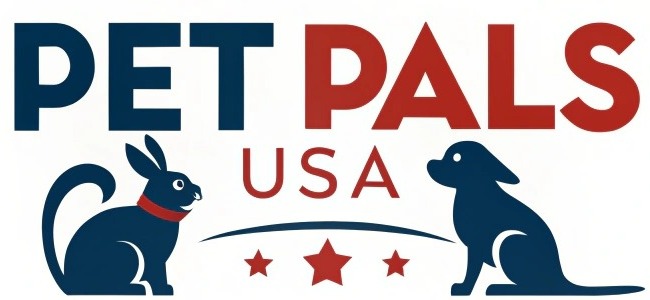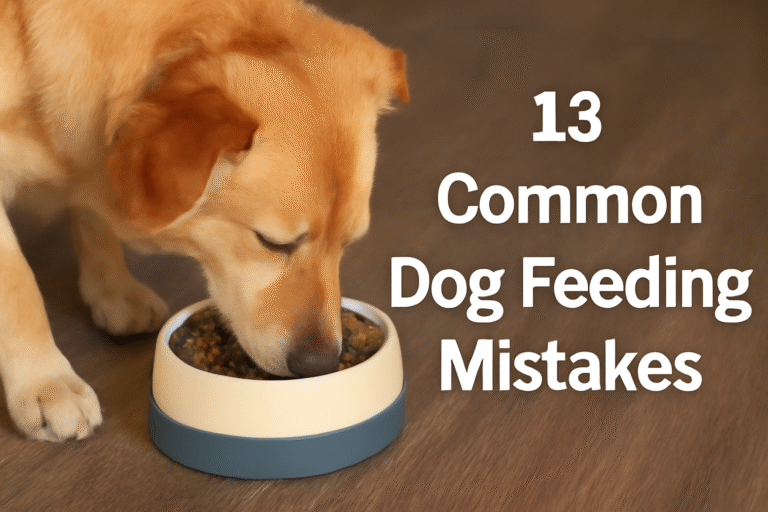13 Dog feeding Mistakes,Do you think feeding your dog is as simple as filling a bowl and letting them eat? It might sound easy, but the truth is that it’s far more complicated than it seems. Feeding your dog properly goes beyond just filling up the bowl it requires knowledge, care, and attention to detail. Many actions you may take out of love could unknowingly harm your dog’s health.
I’m not here to make you feel guilty. In fact, I’m here to help you better understand how to truly nourish your pup. Love is not just about feeding enough—it’s about feeding the right way. And today, I’m going to walk you through some of the most common dog feeding mistakes you may be making, which are putting your dog’s health at risk.
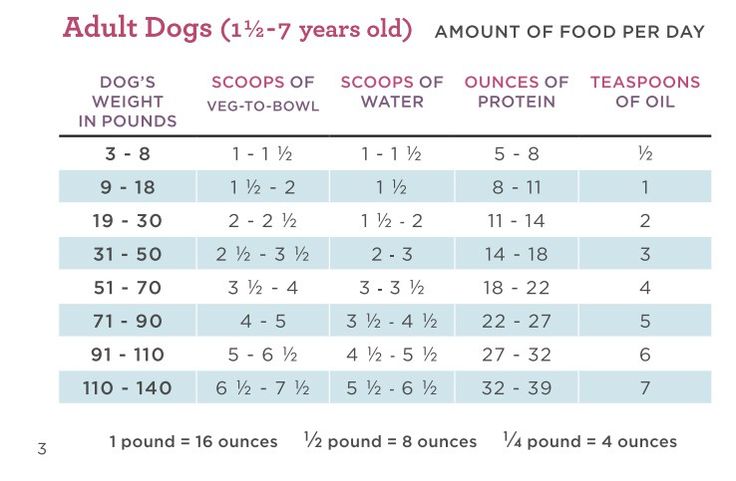
Let’s dive in, and trust me, mistake number four is a big one. It’s responsible for sending more dogs to the emergency room than you’d ever expect. All because of one tiny habit. So, if you truly love your dog, don’t miss a second!
1. Feeding Your Dog Right Before a Walk (Big Mistake!)
One of the most common mistakes dog owners make is feeding their dog right before a walk. Many people think feeding their dog gives them the energy they need for the walk, but the truth is, it’s dangerous. After eating, a dog’s blood flow is directed to the stomach to aid digestion. Exercising too soon after eating can lead to a condition called bloat or gastric torsion, which can be deadly within hours. This is especially true for large or deep-chested breeds like German Shepherds, Dobermans, or Great Danes.
Solution: Always walk your dog before feeding them, or wait at least 30 minutes after the walk to feed them. This simple adjustment can save your dog’s life.
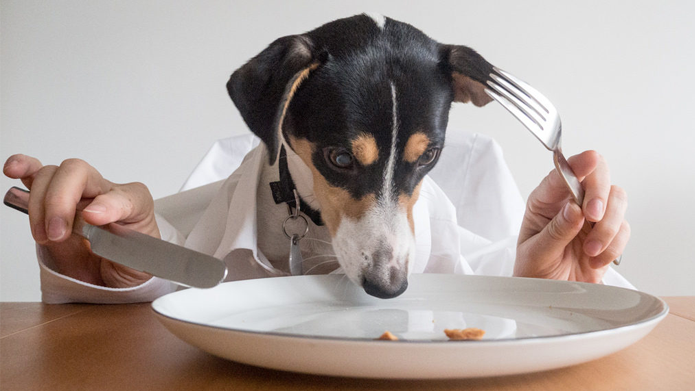
2. Feeding Only Once a Day
Feeding your dog only once a day might seem efficient, but it’s not ideal for their digestive system. Dogs’ stomachs are not designed to handle a large amount of food all at once. Overloading their stomach can cause bloating, discomfort, and even fatigue. Plus, it can cause acid buildup if their stomach stays empty for too long, leading to heartburn and anxiety.
Solution: Split their meals into two smaller portions one in the morning, one in the evening. Not only will this improve digestion, but it will also keep your dog’s energy levels stable throughout the day.
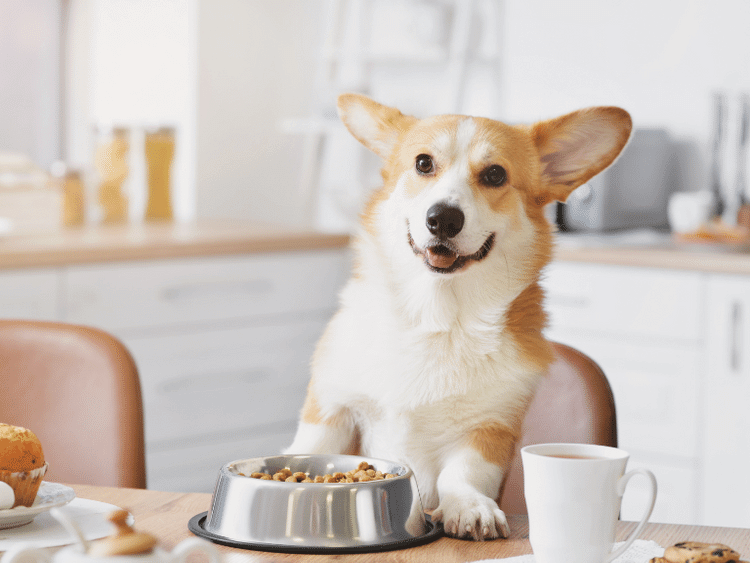
3. Not Considering the Impact of Boredom
Dogs are natural foragers, and meals for them are meant to be a fun, rewarding experience. Eating from the same bowl in the same spot every day denies them the mental stimulation they need. This can lead to anxiety, boredom, or even destructive behavior.
Solution: Use slow feeder bowls or puzzle feeders to enrich your dog’s mealtime. These will help stimulate their brain, slow down their eating, and prevent boredom.
4. Overfeeding (A Silent Threat)
Obesity is a growing problem for dogs, especially for indoor pets. It’s not just about how your dog looks—an overweight dog is at a higher risk of developing heart disease, diabetes, arthritis, and even a shorter lifespan. Many dog owners unknowingly overfeed their dogs by not accounting for treats or the wrong portion sizes.
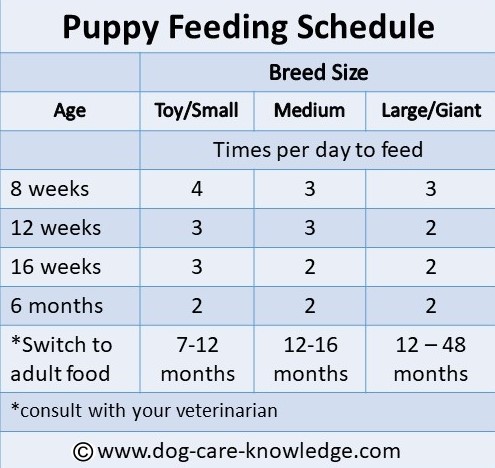
Solution: Always use a measuring cup to ensure you’re giving the right amount of food. Don’t forget to include treats in their daily calorie count.
5. Ignoring Changing Nutritional Needs
As your dog ages, their nutritional needs change. Puppies need high-protein, high-fat diets for growth, but once your dog matures, a change to a lower-calorie, balanced diet is essential. Many dog owners keep feeding their adult dogs puppy food, which can lead to weight gain and digestive problems.
Solution: Choose food that’s appropriate for your dog’s life stage puppy, adult, or senior. Many vets recommend health screenings to adjust your dog’s diet based on their age and specific health needs.
6. Choosing Low-Quality Dog Food
Not all dog food is created equal. Many cheap dog food brands contain fillers, byproducts, and artificial preservatives that are harmful to your dog’s health. Ingredients like cornmeal, byproducts (feathers, nails, etc.), and chemical preservatives can cause digestion issues and even lead to long-term diseases.
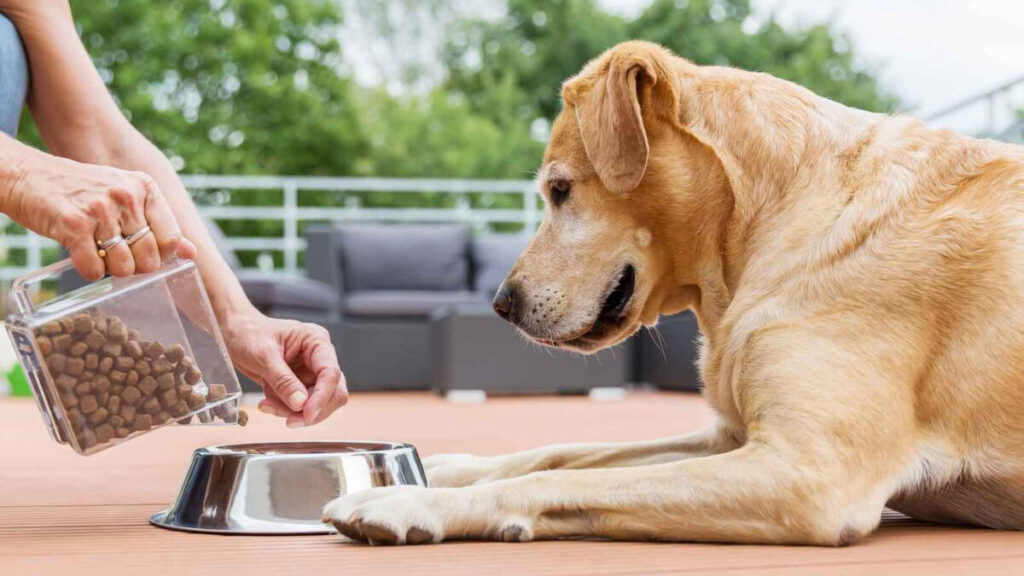
Solution: Always check the ingredients list. Look for dog food brands that use real meat as the first ingredient and avoid artificial preservatives. Choose brands that use natural preservatives like vitamin E or rosemary oil.
7. Feeding Too Quickly
If your dog eats too quickly, it can cause indigestion, vomiting, or even bloat. Fast eating is often a result of excitement, but it’s dangerous.
Solution: Slow down your dog’s eating by using slow feeder bowls or dividing the food into smaller portions. This will help them chew properly and avoid potential health issues.
8. Feeding Human Food (Especially Table Scraps)
It might seem like a treat to share your pizza crust or a piece of meat with your dog, but human food often contains ingredients that are toxic to dogs, such as onions, garlic, spices, or excessive fats. Regularly feeding human food can lead to serious conditions like pancreatitis or fatty liver disease.
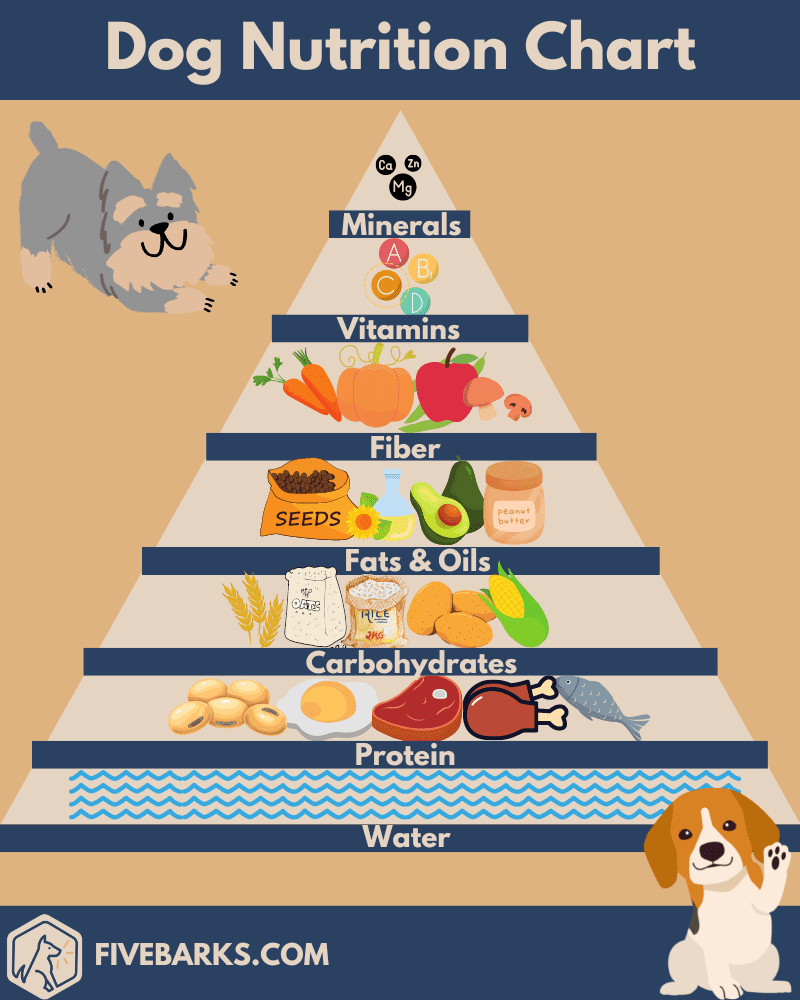
Solution: Never share table scraps. Instead, opt for dog-safe treats that promote their health and nutrition.
9. Feeding at Irregular Times
Dogs thrive on routine, and feeding them at inconsistent times can lead to digestive issues, anxiety, and even behavioral problems.
Solution: Stick to a consistent feeding schedule every day. This creates security for your dog and ensures their digestive system works properly.
10. Not Providing Enough Water
Water is just as important as food, and many dogs don’t drink enough. Dehydration can cause lethargy, darker urine, and even kidney issues.
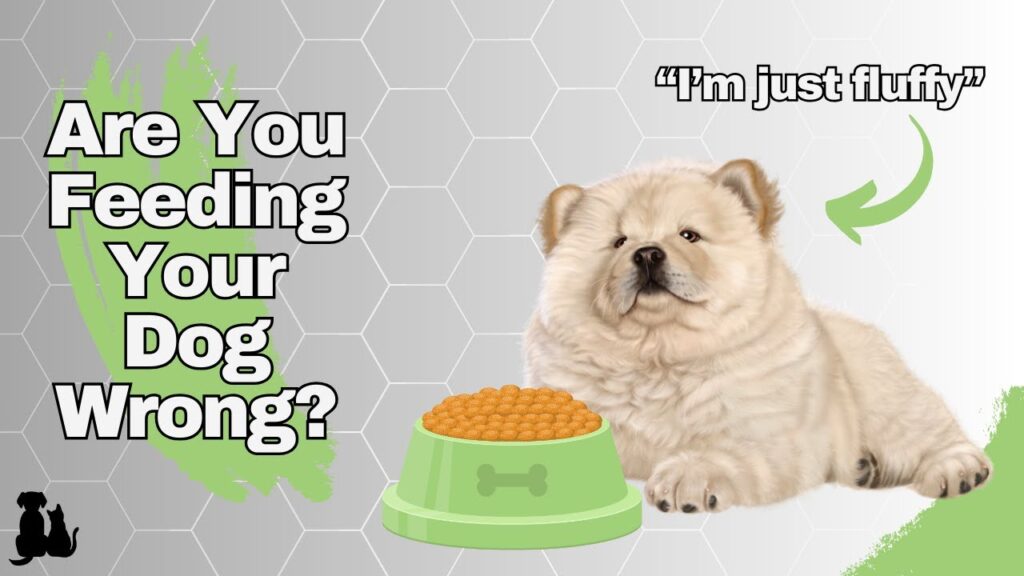
Solution: Always ensure your dog has access to fresh, clean water throughout the day, especially after meals and walks.
11. Neglecting Post-Meal Observation
Many dog owners simply fill the bowl and move on. However, it’s crucial to observe your dog after they eat. Issues like vomiting, bloating, or diarrhea might not be immediately obvious.
Solution: Spend a few minutes watching your dog after meals. Observe their behavior, body language, and any potential signs of discomfort.
12. Not Considering Food Allergies
Dogs can have food allergies just like humans. If your dog is constantly scratching, has red eyes, or suffers from diarrhea after eating, it could be a sign that the food isn’t agreeing with them.
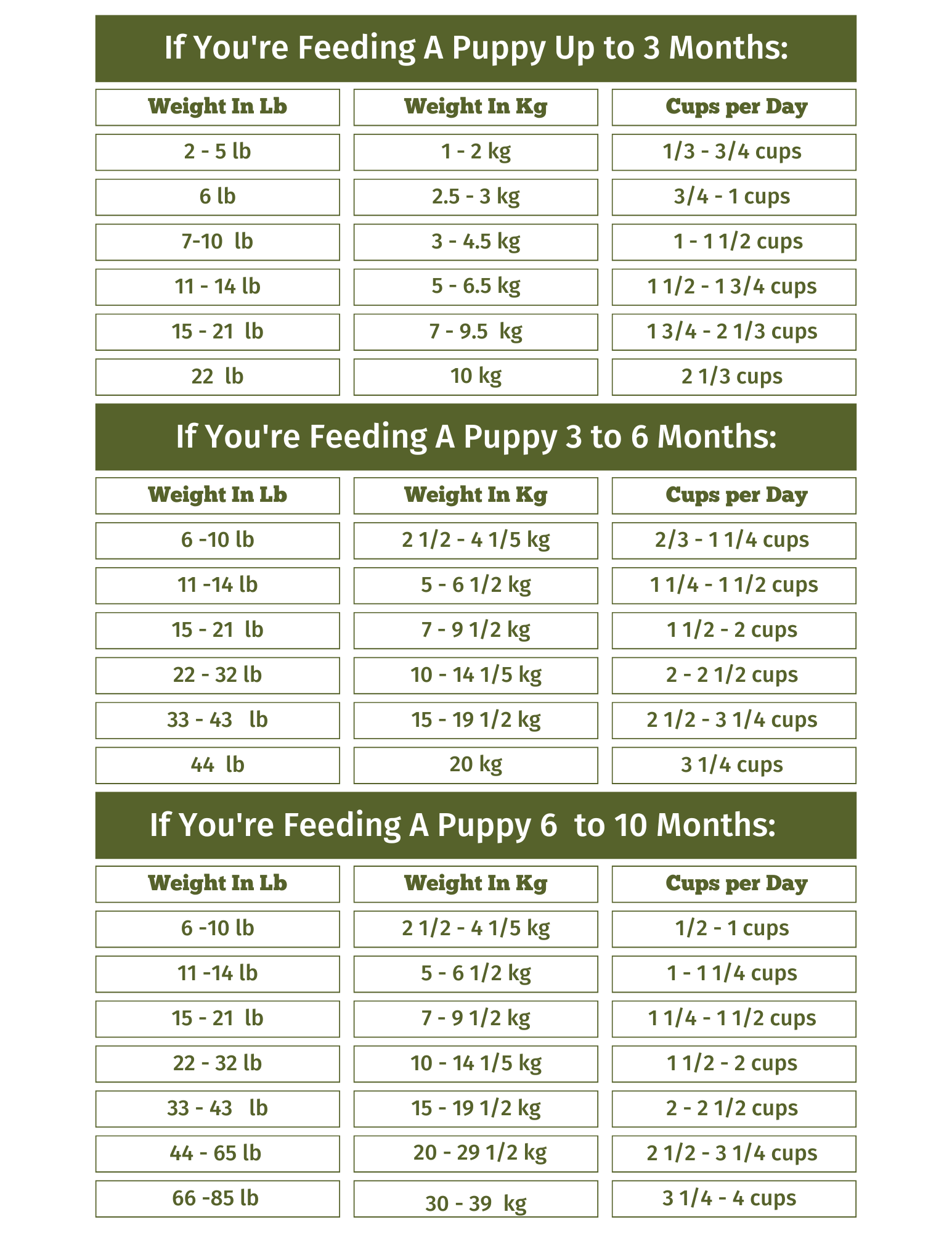
Solution: If you notice these signs, consult your vet to determine the cause and consider switching to a hypoallergenic diet or a medical diet if necessary.
13. Feeding the Same Food for Too Long
Even though your dog might have enjoyed the same food for years, their nutritional needs can change over time. Dogs often develop sensitivities or can become bored with the same meal.
Solution: Periodically check in with your vet about the best food options for your dog and rotate food if necessary.
Conclusion:
Proper feeding is one of the most important aspects of caring for your dog. Understanding the right foods, routines, and practices will help ensure that your dog is healthy, happy, and lives a long life. Start making these changes one at a time, and you’ll notice the difference.
If you found this article helpful, be sure to check out more dog care tips, dog food recommendations, and pet health advice in our blog. Don’t forget to like, share, and subscribe for more useful tips!
